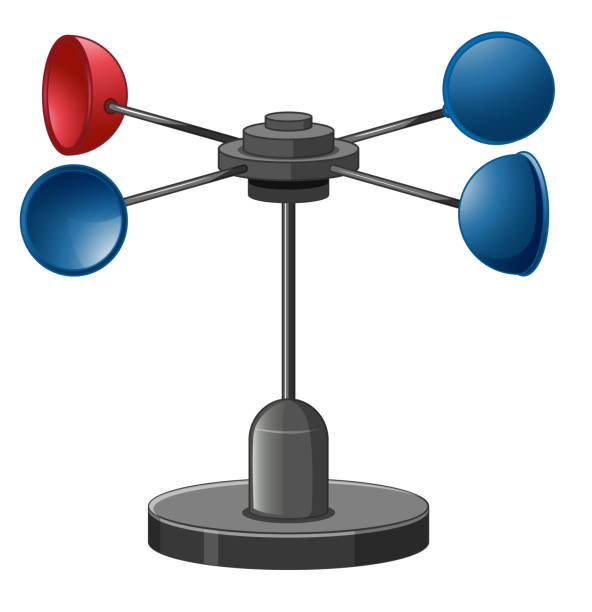Professional Tips for Adjusting Your Anemometer for Ideal Performance
Professional Tips for Adjusting Your Anemometer for Ideal Performance
Blog Article
All You Need to Understand About Anemometers: Exactly How They Work, Why They Issue, and Where to Utilize Them
Anemometers, though frequently overlooked in the realm of scientific tools, play an essential duty in different areas, providing valuable understandings into wind rate and airflow patterns. Recognizing the auto mechanics behind these gadgets is necessary for anybody seeking to harness the power of this data. From meteorologists tracking weather condition patterns to engineers creating structures with wind lots in mind, the applications of anemometers are significant and varied. As we look into the details of anemometer modern technology, we will discover the internal functions of these devices, their relevance, and the vital considerations when picking the best anemometer for specific applications.

Anemometer Basics
A vital instrument made use of to determine wind speed and instructions, the anemometer plays a crucial function in meteorology and various markets. An anemometer normally consists of three or four cups that rotate in the wind, a vane that points right into the wind, and sensors to track the turnings or movements.
There are various kinds of anemometers available, consisting of mug anemometers, vane anemometers, hot-wire anemometers, and sonic anemometers, each with its unique features and applications. Cup anemometers are commonly used for standard wind speed measurements, while vane anemometers are chosen for directional dimensions.
Principles of Anemometer Procedure
Structure on the foundational understanding of anemometer essentials, the principles of anemometer procedure clarify the auto mechanics behind wind speed and direction dimensions. Cup anemometers, for circumstances, have three or more mugs that catch the wind, triggering them to rotate faster as the wind rate boosts. Hot-wire anemometers depend on a warmed wire that cools down as wind passes over it, with the rate of cooling figuring out the wind rate.
Relevance of Anemometers
Anemometers play an important function in determining wind speed and direction, giving crucial data for weather condition projecting, climate researches, ecological monitoring, and aeronautics operations. Meteorologists depend on anemometers to gather accurate wind information, aiding them understand climate patterns, anticipate storms, and problem prompt cautions to the public. Wind ranch operators utilize anemometers to examine wind conditions and make best use of electrical power manufacturing from wind generators.
Applications Throughout Various Industries
In the visit this site sustainable power market, anemometers play an important role in examining wind problems for wind ranch placements, making sure ideal energy production. Industries like construction and mining utilize anemometers to keep track of wind speeds, important for safety protocols, especially when working at elevations or in open-pit mines where strong winds can position hazards. In agriculture, anemometers assist farmers in taking care of crop splashing by giving real-time information on wind rate to avoid drift.

Choosing the Right Anemometer for Your Needs
For general purposes, a mug anemometer is ideal for determining wind rate, while a vane anemometer gives wind instructions data. Hot-wire anemometers are optimal for look at here low airspeed dimensions, and ultrasonic anemometers use high accuracy and resilience.

Verdict
Finally, anemometers play a critical function in gauging wind speed and instructions throughout different industries. Recognizing the concepts of anemometer procedure is essential for picking the ideal device for certain requirements. From meteorology to aeronautics, anemometers are dig this important devices for gathering precise data and making certain safety and security in various applications. When picking the most suitable gadget for measuring wind conditions., it is vital to consider the importance of anemometers in order to make educated decisions.
There are various types of anemometers readily available, including mug anemometers, vane anemometers, hot-wire anemometers, and sonic anemometers, each with its one-of-a-kind features and applications. Cup anemometers are typically used for basic wind speed measurements, while vane anemometers are chosen for directional dimensions. Hot-wire anemometers are suitable for low airspeeds, and sonic anemometers are optimal for high-precision dimensions in study and industrial setups.Structure on the fundamental understanding of anemometer essentials, the concepts of anemometer procedure elucidate the mechanics behind wind speed and direction measurements. For general functions, a mug anemometer is appropriate for determining wind rate, while a vane anemometer provides wind direction data.
Report this page